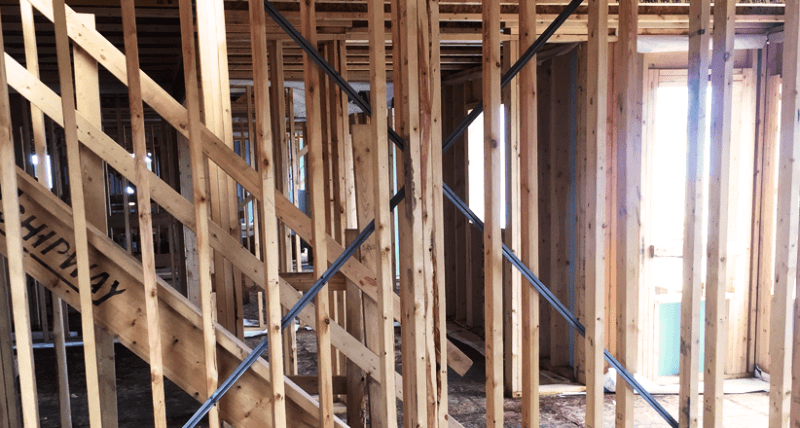Hi,
I have bought a 1970s house. There is one basement and 1 story only (it's a bungalow). I am a structural engineer, but I work mainly on heavy steel structures. I don't have much experience with residential homes.
I talked with an engineer specialized in residential structural engineer, and he told me his company sometimes install X bracings for houses to do a seismic retrofit.

Due to its age, it's almost impossible that there are bracings in my wood framed house. The interior is made of gypsum. There are bricks on the exterior. The area is moderately seismic. The ground is mostly made of clay.
The residential engineer told me it's rare he sees clients with a bungalow doing a seismic retrofit.
To perform the retrofit, he would need to remove approx 1/3 of the gypsum in the walls of my first floor.
Should I do a seismic retrofit of my bungalow?
I have bought a 1970s house. There is one basement and 1 story only (it's a bungalow). I am a structural engineer, but I work mainly on heavy steel structures. I don't have much experience with residential homes.
I talked with an engineer specialized in residential structural engineer, and he told me his company sometimes install X bracings for houses to do a seismic retrofit.

Due to its age, it's almost impossible that there are bracings in my wood framed house. The interior is made of gypsum. There are bricks on the exterior. The area is moderately seismic. The ground is mostly made of clay.
The residential engineer told me it's rare he sees clients with a bungalow doing a seismic retrofit.
To perform the retrofit, he would need to remove approx 1/3 of the gypsum in the walls of my first floor.
Should I do a seismic retrofit of my bungalow?
